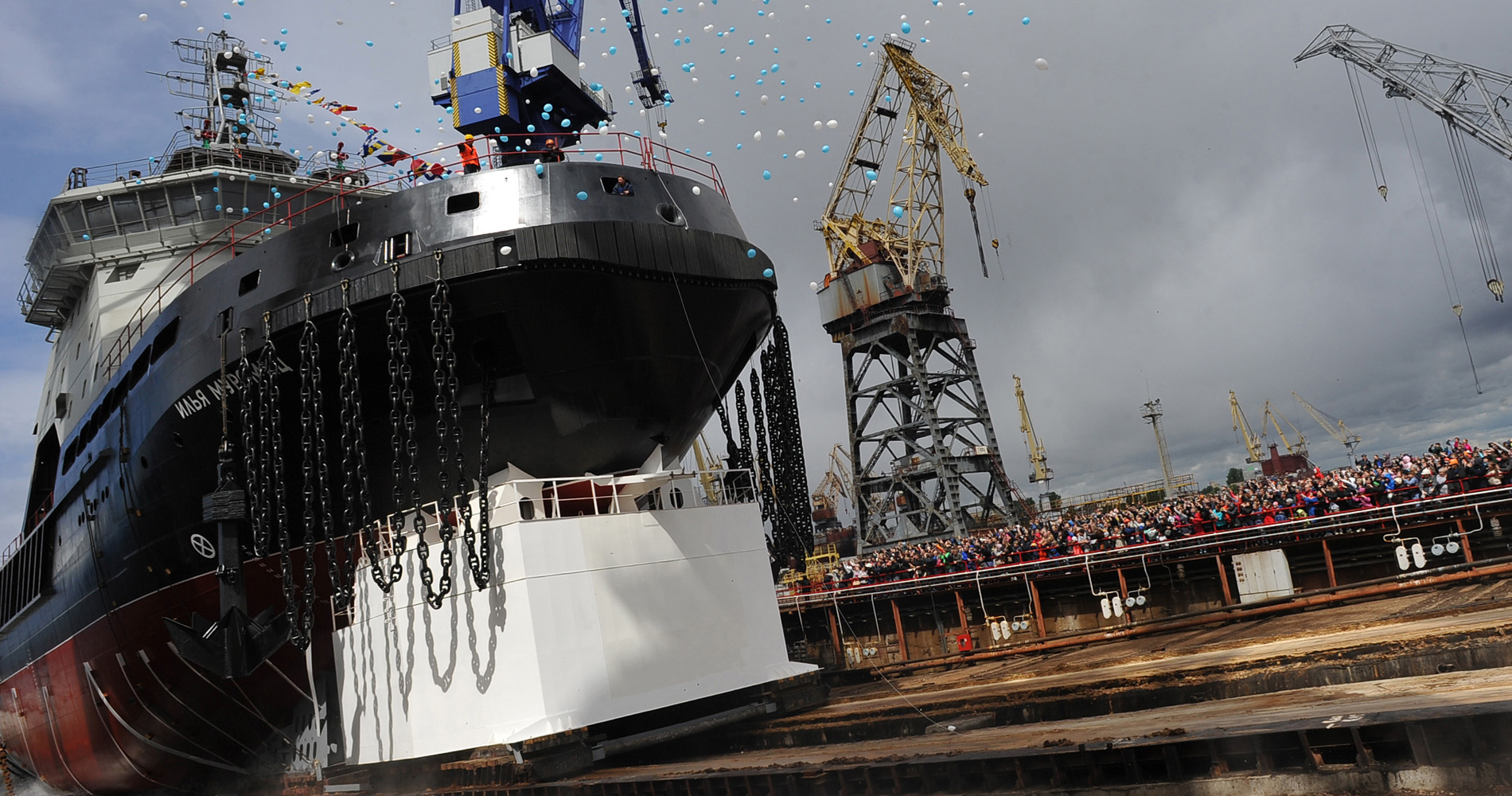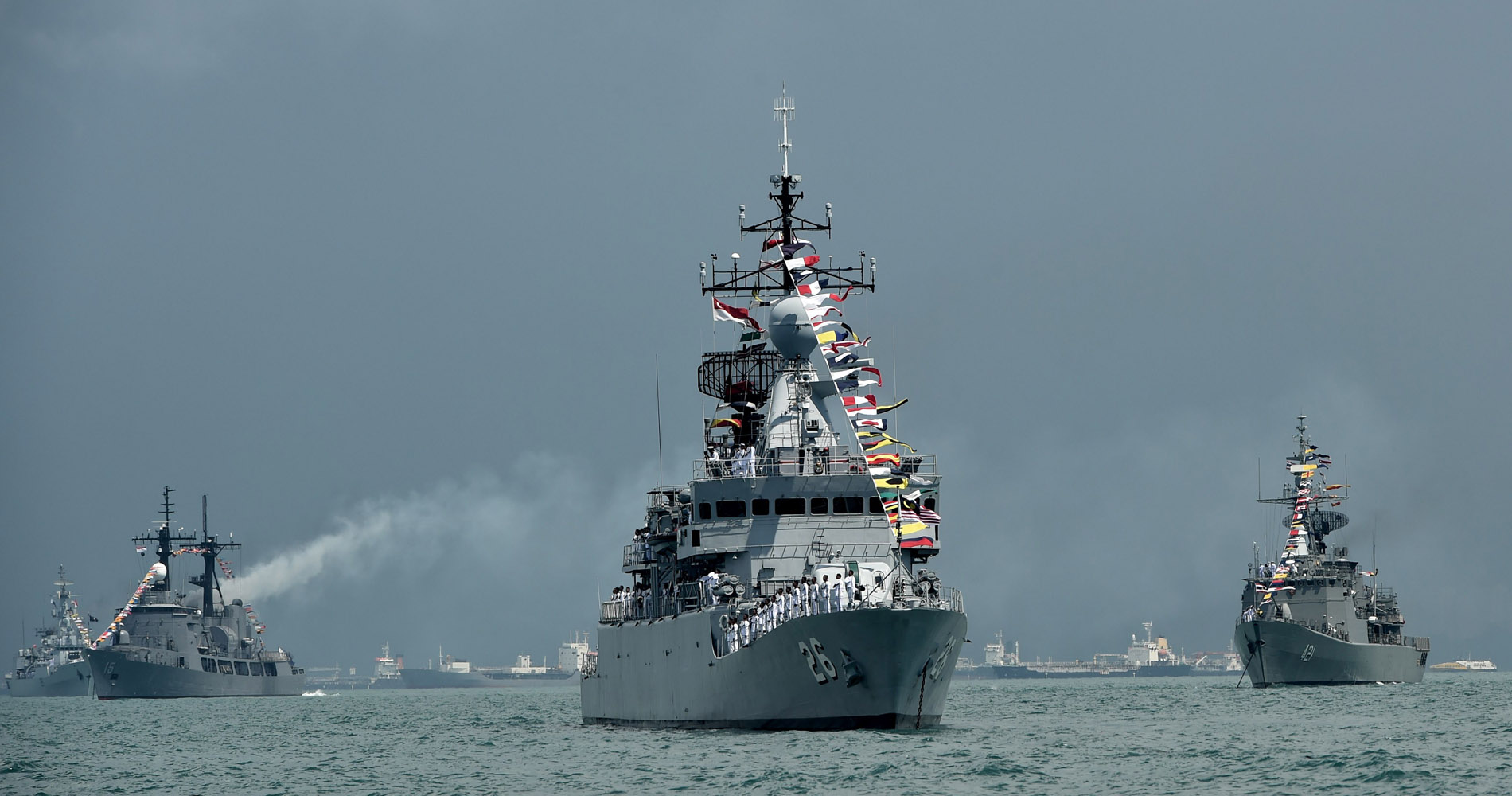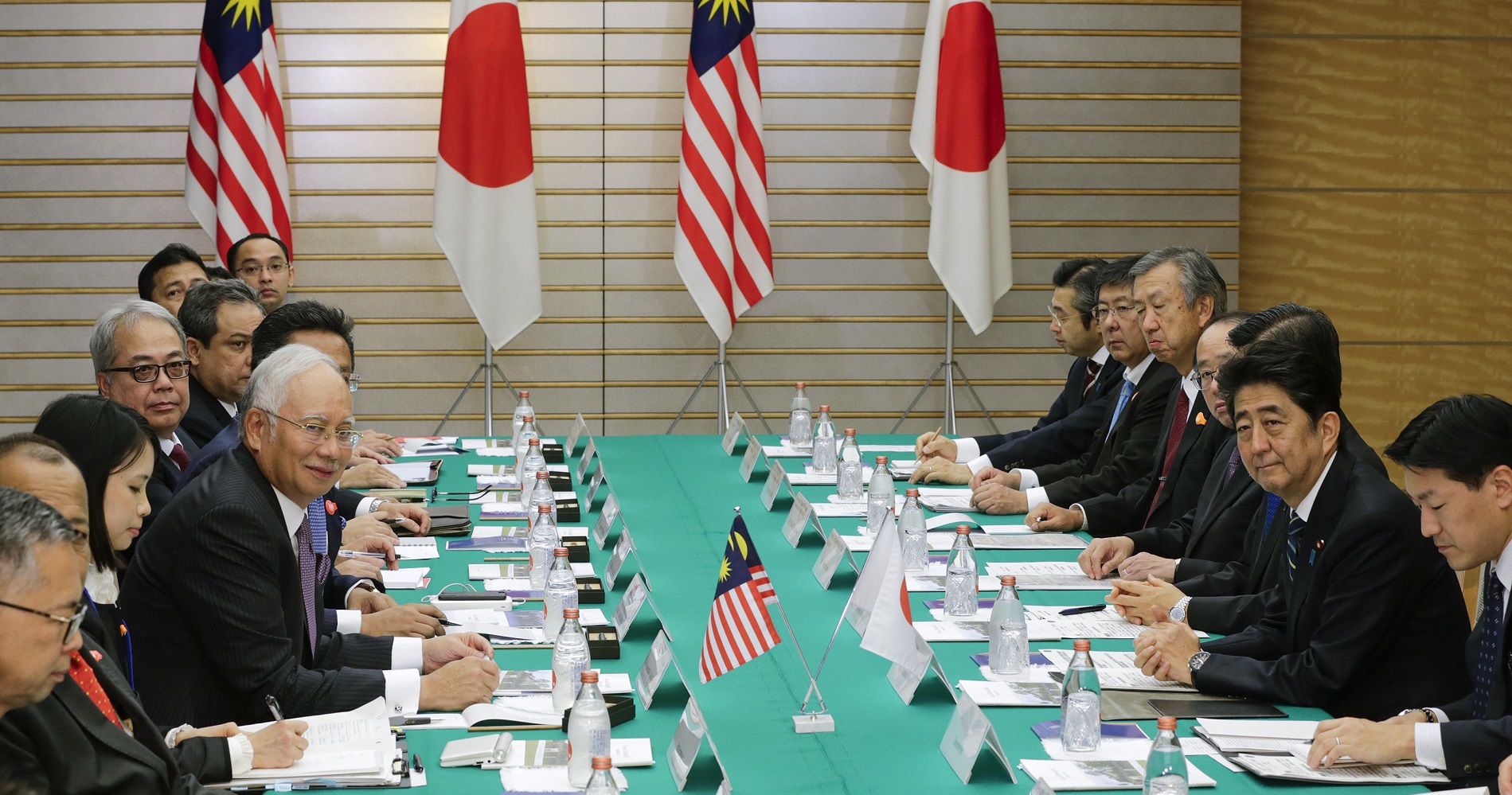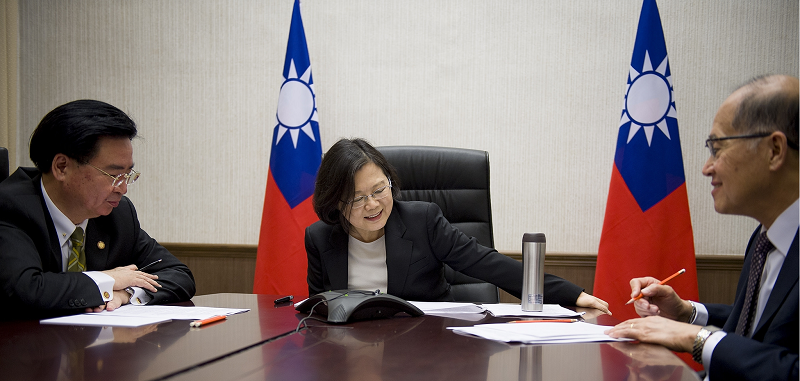The Role of History and Law in the South China Sea and Arctic Ocean
The law of the sea regime is in the early phases of a significant shift and subject to increased tension in its central normative structure. This has been the case many times historically, with each phase of the law moving in a path-dependent fashion through different international political environments. Though the law of the sea today has greater impact and causal effect on strategically driven state conduct than at any other point in history, evidence for this emerging change in the maritime legal regime is materializing in several key domains. Major states are now grappling with how to reason with,… Read More »The Role of History and Law in the South China Sea and Arctic Ocean




